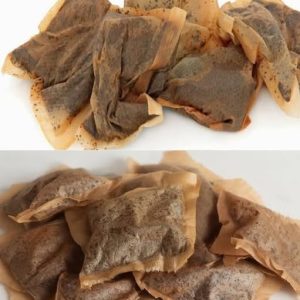Melania Trump joined her husband, former President Donald Trump, in hosting an official White House dinner for Saudi Crown Prince and Prime Minister Mohammed bin Salman, an event that blended diplomacy, politics, and public spectacle. The day began with the Crown Prince meeting Donald Trump in the Oval Office, where a joint press conference quickly became contentious. When an ABC News reporter asked about the 2018 murder of journalist Jamal Khashoggi—a killing U.S. intelligence agencies concluded had been approved by the Crown Prince—Trump publicly rejected that assessment. He criticized the network and called for its license to be revoked, creating a tense and widely publicized moment that overshadowed the formal diplomatic proceedings.
Despite the earlier friction, the evening transitioned into a ceremonial and visually striking event as the Trumps hosted a dinner in the East Room of the White House. The gathering drew a diverse group of guests, combining political figures, business leaders, and global celebrities. High-profile attendees included tech entrepreneur Elon Musk and soccer star Cristiano Ronaldo, who plays in the Saudi Pro League. The dinner, conducted with full diplomatic honors, was designed to highlight the relationship between the former U.S. administration and Saudi leadership, while also showcasing the pageantry and ritual often associated with state-level gatherings.
One of the most discussed aspects of the evening was Melania Trump’s fashion choice. She arrived in a strapless emerald green gown designed by renowned Lebanese designer Elie Saab, a piece valued at approximately $3,350. The gown immediately drew attention and praise for its elegance, with commentators noting its classic silhouette and refined tailoring. Beyond aesthetics, observers pointed out that the deep green color closely mirrored the Saudi Arabian flag. Given Melania Trump’s history of using wardrobe choices to convey subtle diplomatic messages, many interpreted the dress as a deliberate and respectful nod to the visiting Crown Prince and his nation.
The symbolic color choice extended into the dinner’s décor. Green accents were incorporated throughout the East Room, including floral arrangements, lighting touches, and prominently displayed Saudi flags. This cohesive visual presentation reinforced the subtle diplomatic message embedded in Melania Trump’s attire. The combination of fashion and décor demonstrates a longstanding tradition in state diplomacy, where visual cues, color schemes, and aesthetic choices are leveraged to communicate respect and recognition for visiting dignitaries, creating an atmosphere of cultural sensitivity and ceremonial gravitas.
The public and media response to Melania Trump’s appearance was immediate and enthusiastic. Social media users praised her elegance, with comments highlighting her sophistication and consistent attention to style. Many observers lamented that major American fashion publications do not feature her more prominently, emphasizing her role as one of the most stylish First Ladies in recent memory. The gown also reignited broader discussions about fashion as a tool of soft diplomacy, demonstrating how clothing can serve as a medium for subtle communication between nations, bridging ceremonial tradition and public perception in international relations.
Beyond style and symbolism, the event highlighted the complex interplay of politics and diplomacy in U.S.-Saudi relations. The earlier Oval Office confrontation underscored unresolved tensions stemming from the Khashoggi murder, while the dinner offered an opportunity to maintain personal and political ties between the two nations. Melania Trump’s green gown acted as a visual buffer to these political frictions, helping to shift attention toward cultural, ceremonial, and symbolic aspects of diplomacy. Ultimately, the gown became the evening’s defining moment, exemplifying the intersection of glamour, strategy, and international relations. The event underscored that diplomacy is not only conducted through verbal negotiations but also through carefully curated visual gestures, where fashion, décor, and symbolism play crucial roles in shaping perceptions and signaling respect between world leaders.





